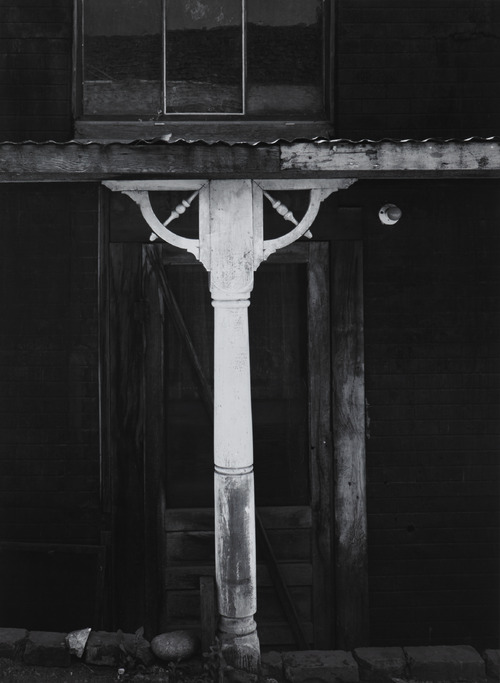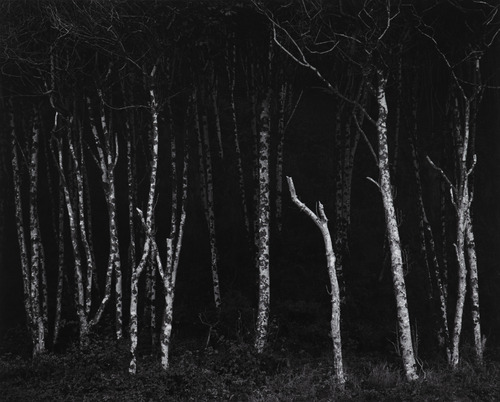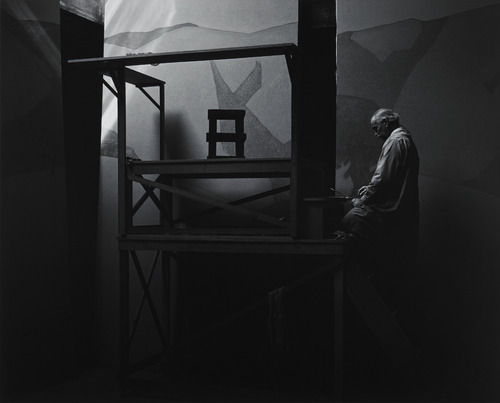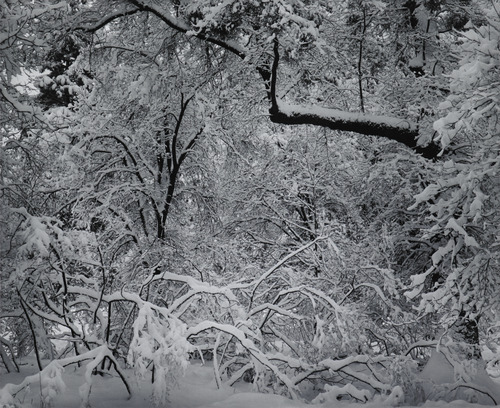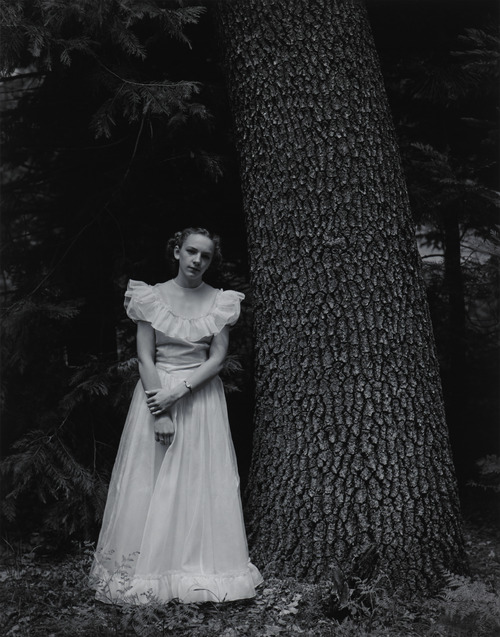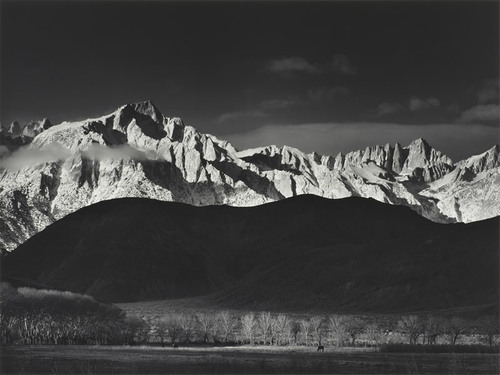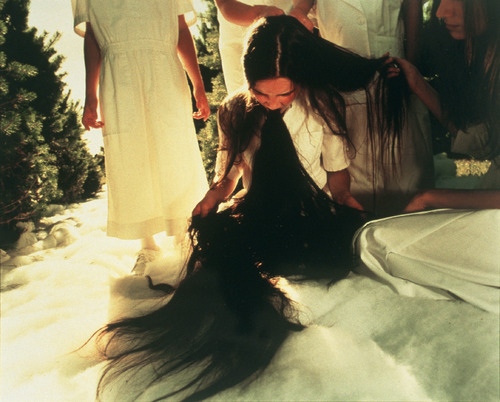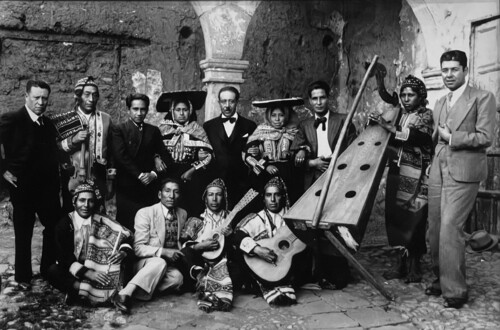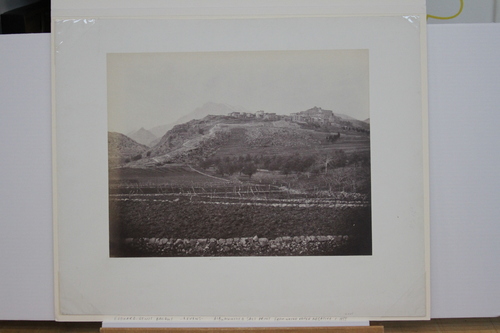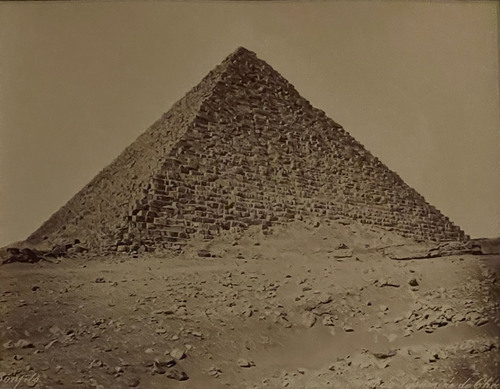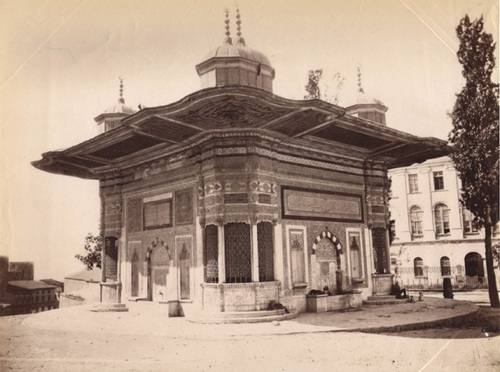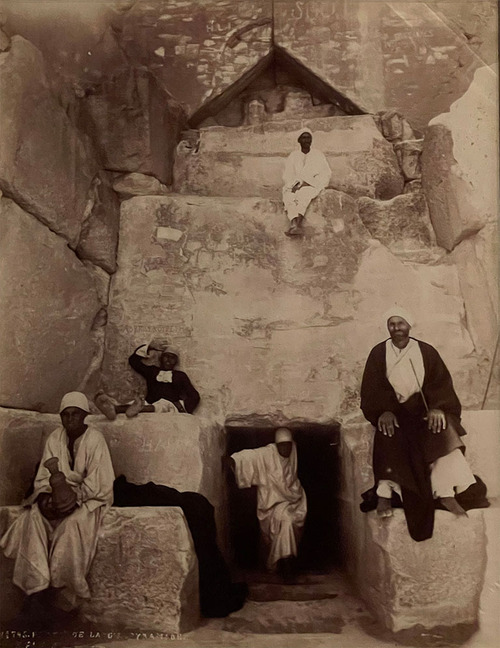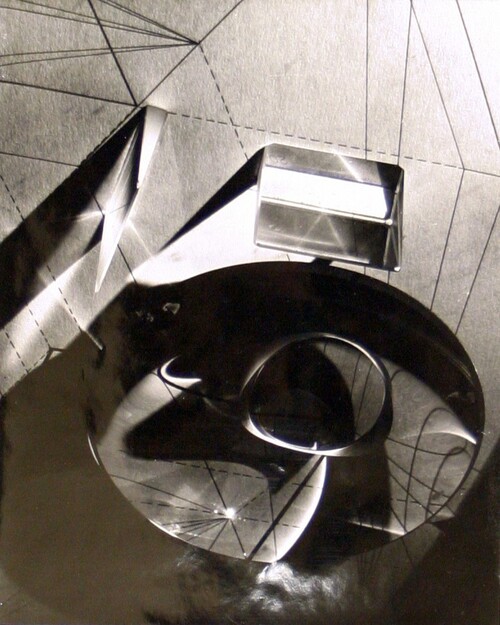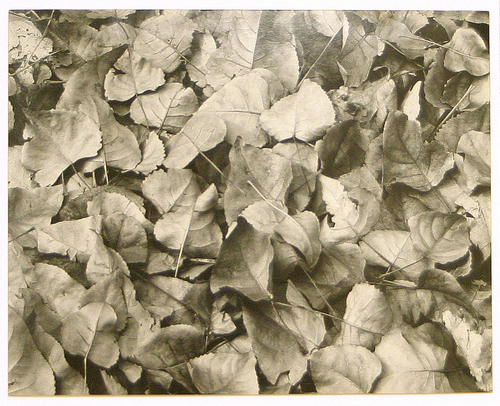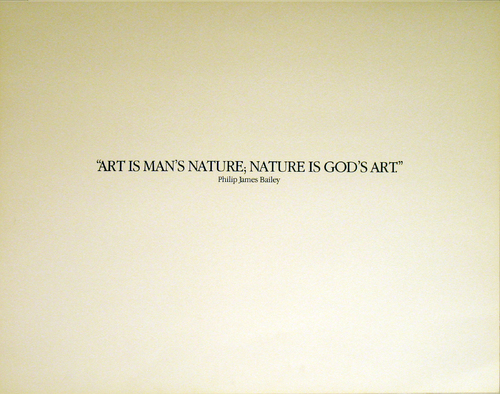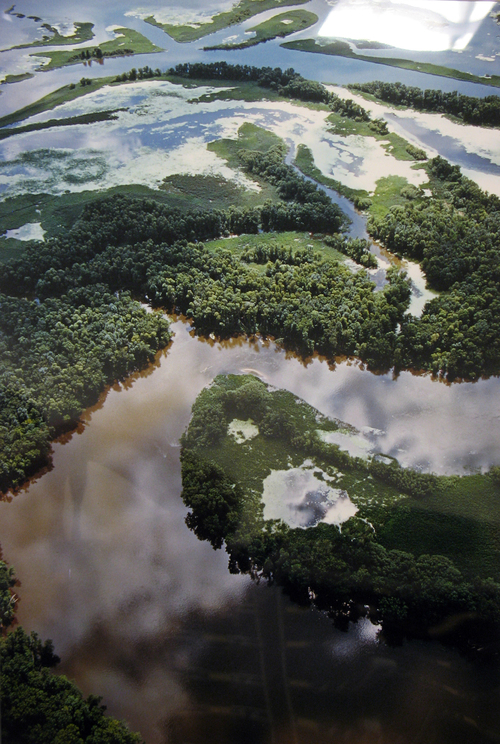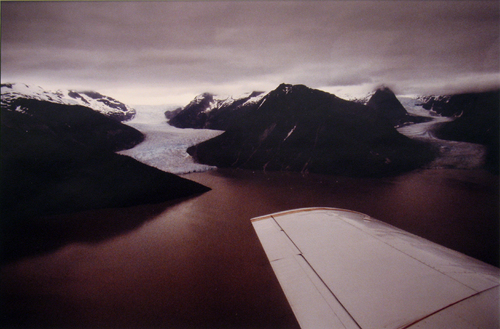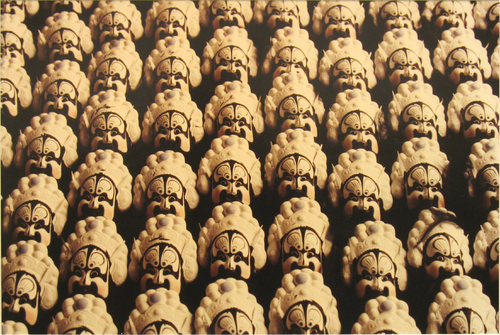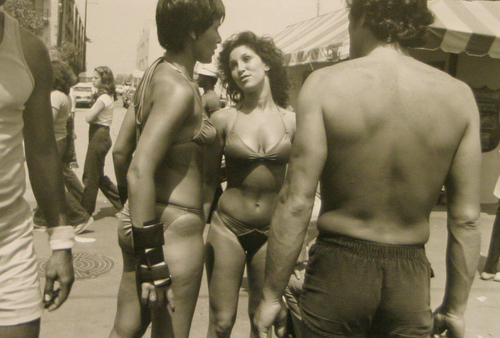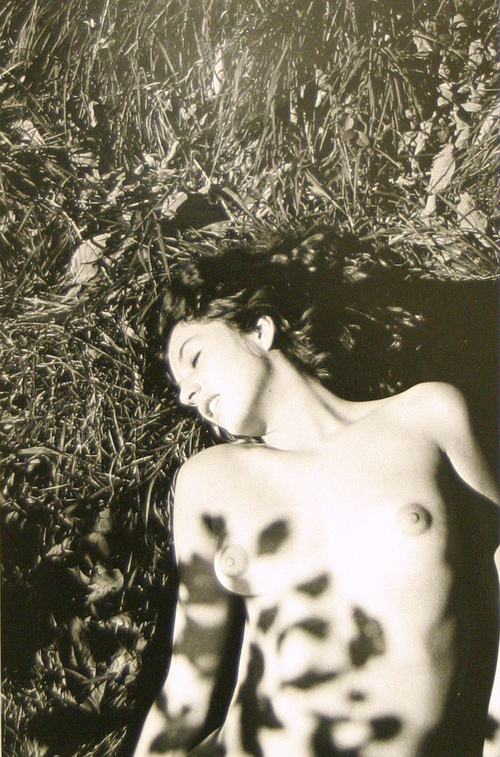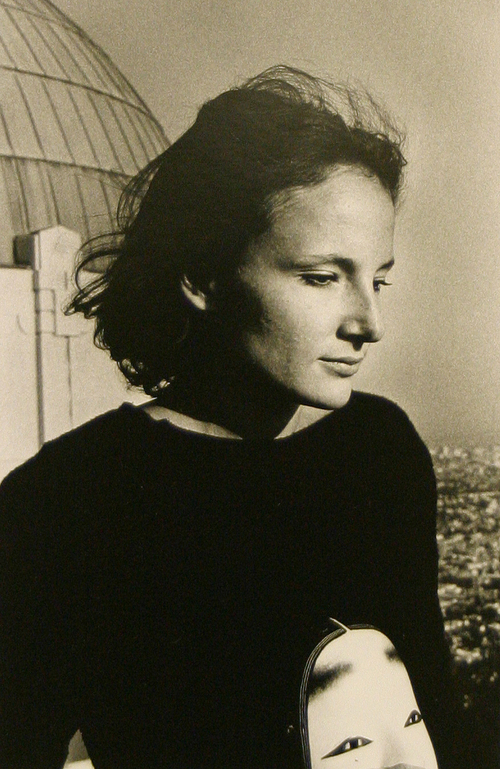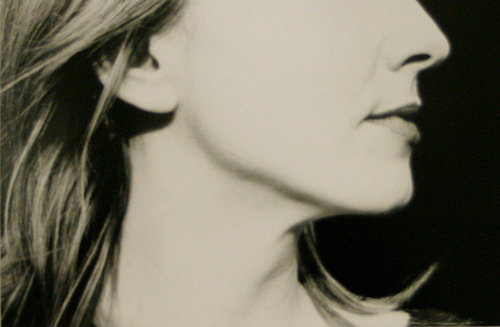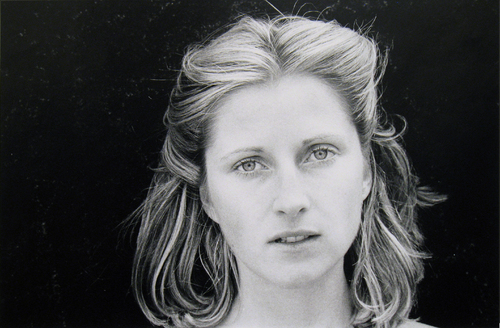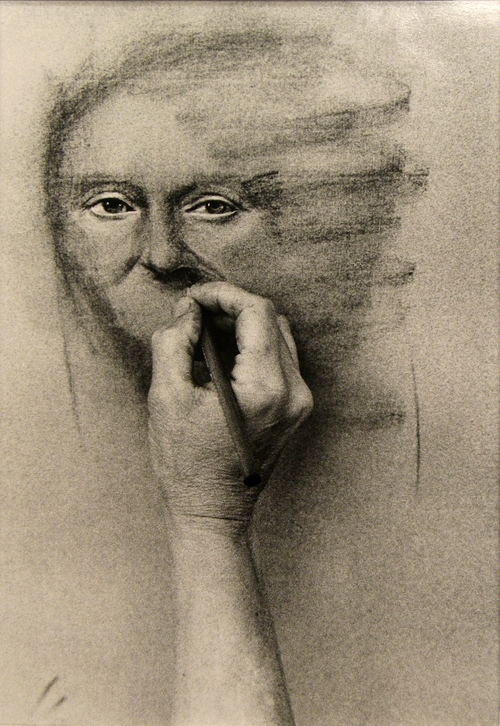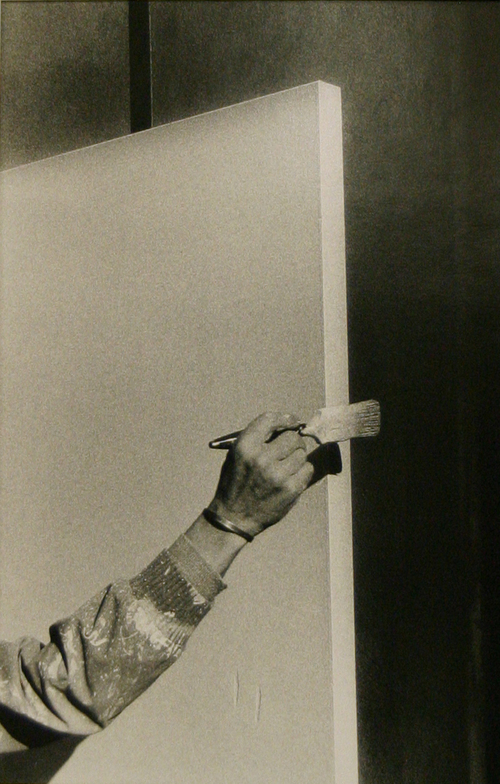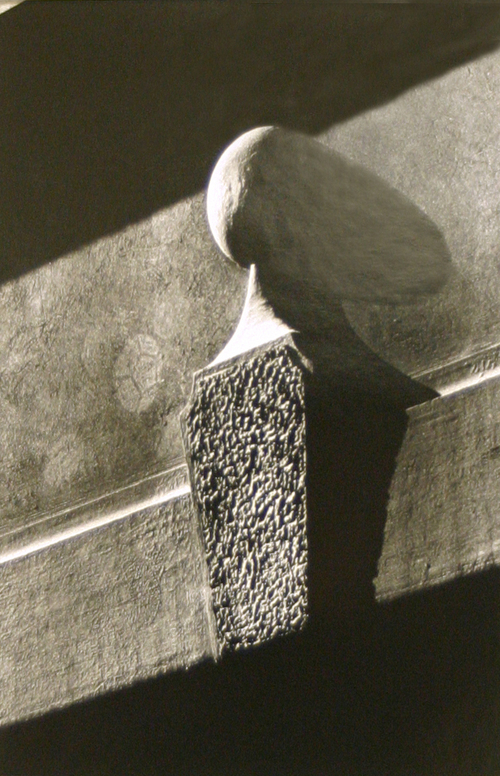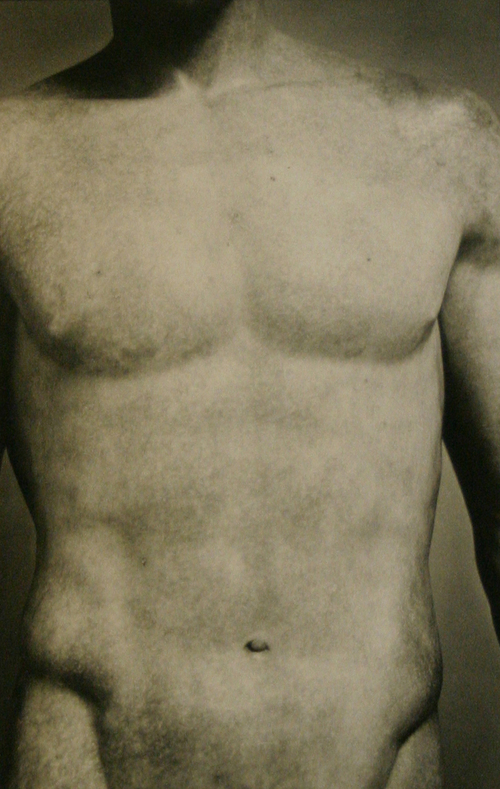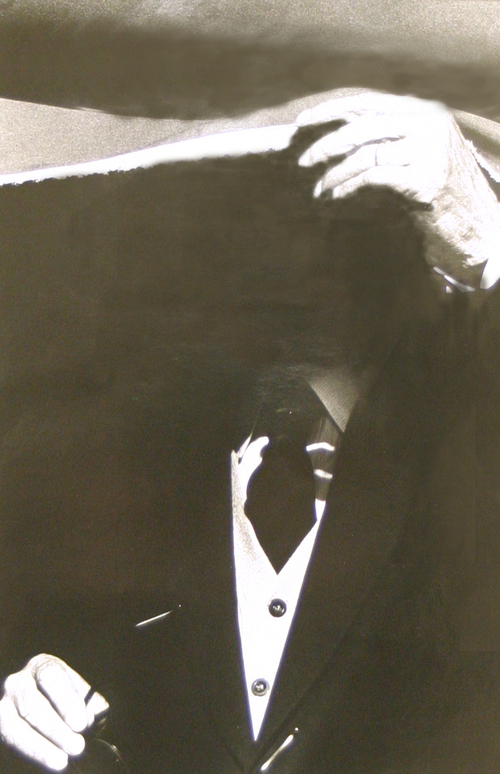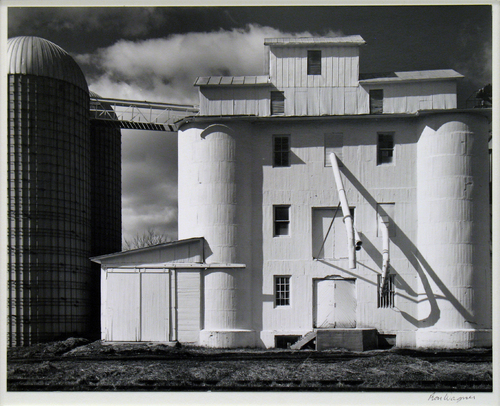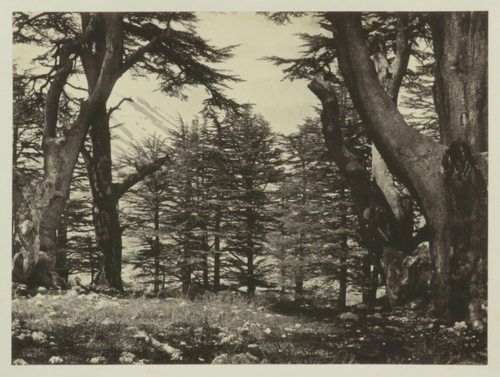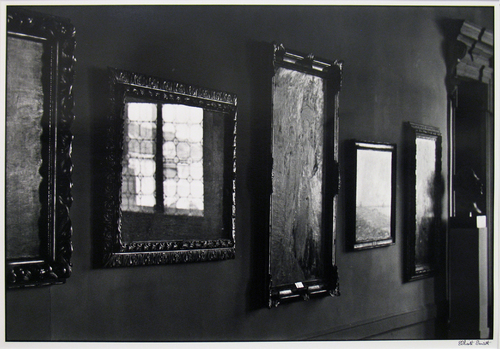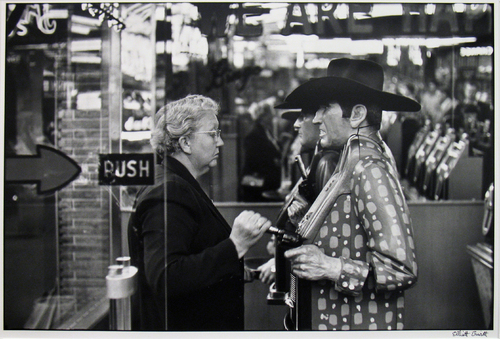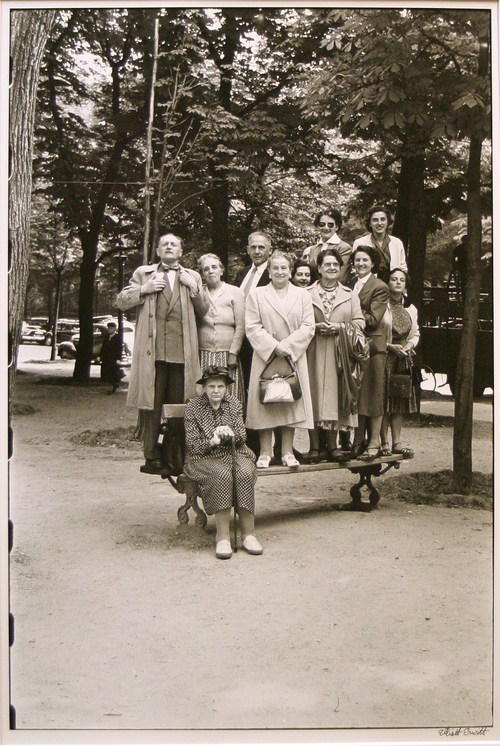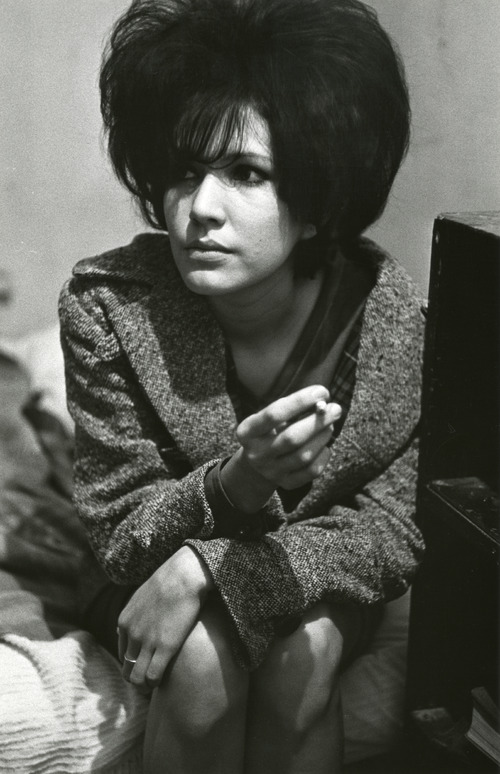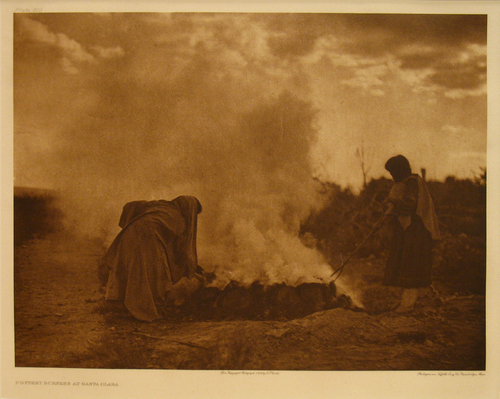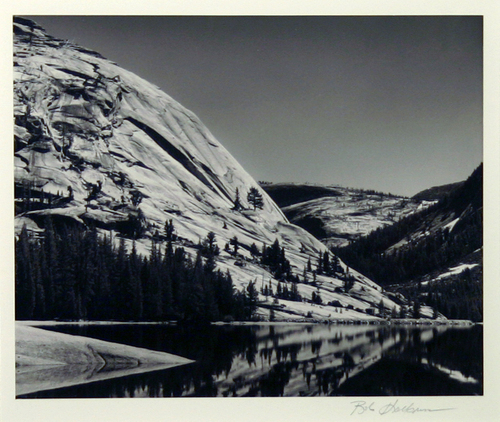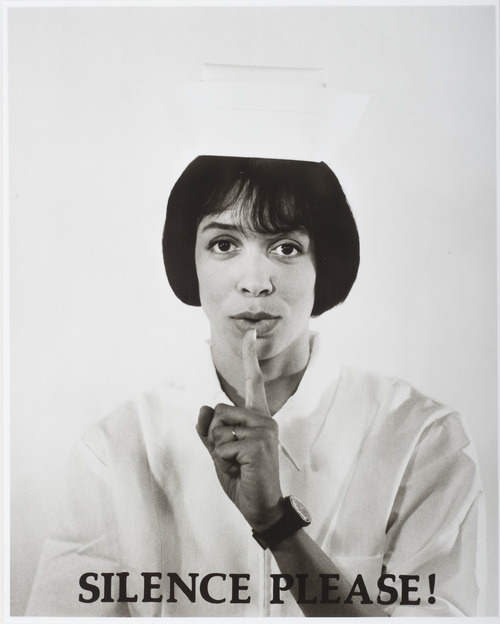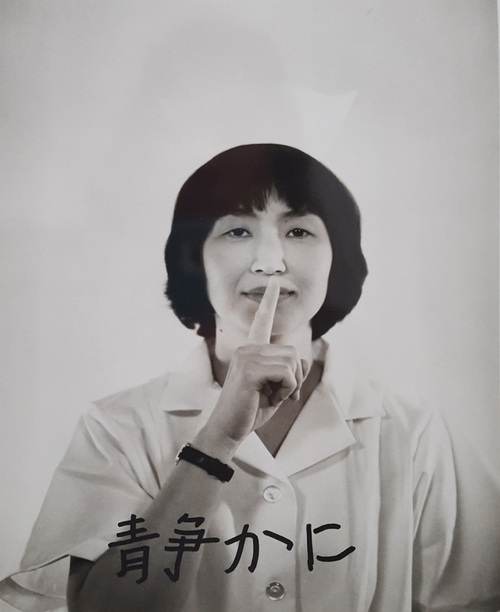Ansel Adams
Portfolio VI
printed 1974
-
Artist
Ansel Adams
(American, 1902–1984)
- Title Portfolio VI
- Date printed 1974
- Medium 10 gelatin silver prints
- Edition description 7/110
-
Dimensions
image | 19 3/4 x 15 1/4 in. (each)
-
Includes
Antelope House Ruin, Canyon de Chelly National Monument, Arizona, plate 2 from Portfolio VI
Silverton, Colorado, plate 4 from Portfolio VI
Maroon Bells, near Aspen, Colorado, plate 3 from Portfolio VI
White Post and Spandrel, Columbia, California, plate 7 from Portfolio VI
Alders, Prairie Creek Beach, Northern California, plate 8 from Portfolio VI
Gottardo Piazzoni in His Studio, San Francisco, plate 10 from Portfolio VI
Edward Weston, Carmel Highlands, California, plate 1 from Portfolio VI
Still Life, San Francisco, plate 6 from Portfolio VI
Fresh Snow, Yosemite Valley, California, plate 9 from Portfolio VI
Graduation Dress, Yosemite Valley, California, plate 5 from Portfolio VI
- Credit line Gift of Sue and Paul Stohr, 2017
- Copyright © The Ansel Adams Publishing Rights Trust
- Object number WU 2017.0001.0001.0001-.0010
-
Technique
black-and-white photography
-
Work type
photograph
1/25/2017 (received at KAM & Deed countersigned)
Sue and Paul Stohr (St. Louis, MO)
Inscription FOREWORD / Ansel Adams is having the strange experience of looking back through / more than fifty years of his work. Many of us have had that curious / flash of surprise and recognition when suddenl coming across some / early and totally forgotten print or article, “My god, I didn’t think I / was that good then!” A moment later, “Why it actually has the whole / mood and meaning of that time!” Or, of course, the opposite reaction, / “What trash!” and into the wastebasket or the fire. That latter decision / may be later regretted, but most artists seldom really regret; if they have / been really good, they have been remarkably fecund. A lot of things may / have “boiled the pot”—and yet some aspect of social history may cling / to them; others are purely historical—people, places, houses, views, situ- / ations, and events that vanished long ago, and hence have value to library- / ies and societies, as indubitable documentation. // Of the creative work, what goes to the fire is usually “a sketch” for / something achieved at a greater moment at a later time—the latent image / finally realized. And there are the great moments some mechanical fail- / ure or pure accident prevented from being fine negatives. These are the / hardest to throw out, because of their potentials, if you could find the / way to solve the problems involved. Most artists have had “burnings”— / cleansings, resurrections—but Adams has not, unless the negatives were / really hopeless. Of course he did suffer a real fire, in 1938, in his Yosem- / ite darkroom—somebody left the old drymounting press on—he lost / many negatives, and so had to spend some time thereafter trying to re- / place the irreplaceable, because nothing ever happens exactly the same as / [ new page] / before. Still, a number of early negatives did survive, thanks mostly to / Edward and Charis Weston, on duty, that night of fire, beside the bath- / tub, full of grime and sooty negatives, helping wash, rinse, and hang up / to dry the results of fifteen years’ effort with the camera. So here, some / rarely seen, some unknown, and some familiar, are ten prints ranging / through nearly thirty years of Adams’ work. The gamut of mood and / emotion is still greater: the fairy-tale, Beauty-and-the-Beast-in-the- / dark-wood quality of Graduation Dress [ital.]; the exquisite luminosity threaded / with jet branches in Fresh Snow [ital.]; the nostalgic clutch at remembered / architectural splendor, flimsy as a stage set, so common in ghost towns / like Columbia, in White Post and Spandrel [ital.], seen in the pale clear light of / early morning after rain; the stiff little mining town of Silverton [ital.], not yet / touristed, between the enormous peaks, and the sudden meditation on/ man’s littleness and briefness compared to this earth he inhabits in / Antelope House [ital.]. Yet Edward Weston [ital.], little as he is, is bigger than the enor- / mous eucalyptus on whose roots he sits. And Gottardo Piazzoni [ital.], climbing / up to his scaffolding to begin work, was not posed, but was photographed / as he was with an 8 x 10 camera in natural studio light. // Adams thinks he has been typed as “nature boy” too long and too un- / fairly; certainly his work with and for the Sierra Club, for Yosemite it- / self and his major fights for conservation have been spectacular, but they / have pigeonholed him. He thinks it is time the public had a chance to / see more of the immense scope of his work, and we think he is right. // As with previous portfolios, some of the photographs may be contro- / versial, —not the expected Adams. Some may regret this fall from con- / ventional grace; others will welcome it as a newly-revealed perspective / on Adams and his reactions to man, his works, and nature. And, though / all his prints, since he was in his teens, have been beautiful, the prints he / can make now surpass anything he has done in the past. Perhaps they are the most beautiful prints yet made in the medium of photography. // Beaumont and Nancy Newhall
This artwork record may be incomplete or need refinement. Our staff actively researches the collection and revises records when new information is available. If you have questions or comments about this record, please contact us.



